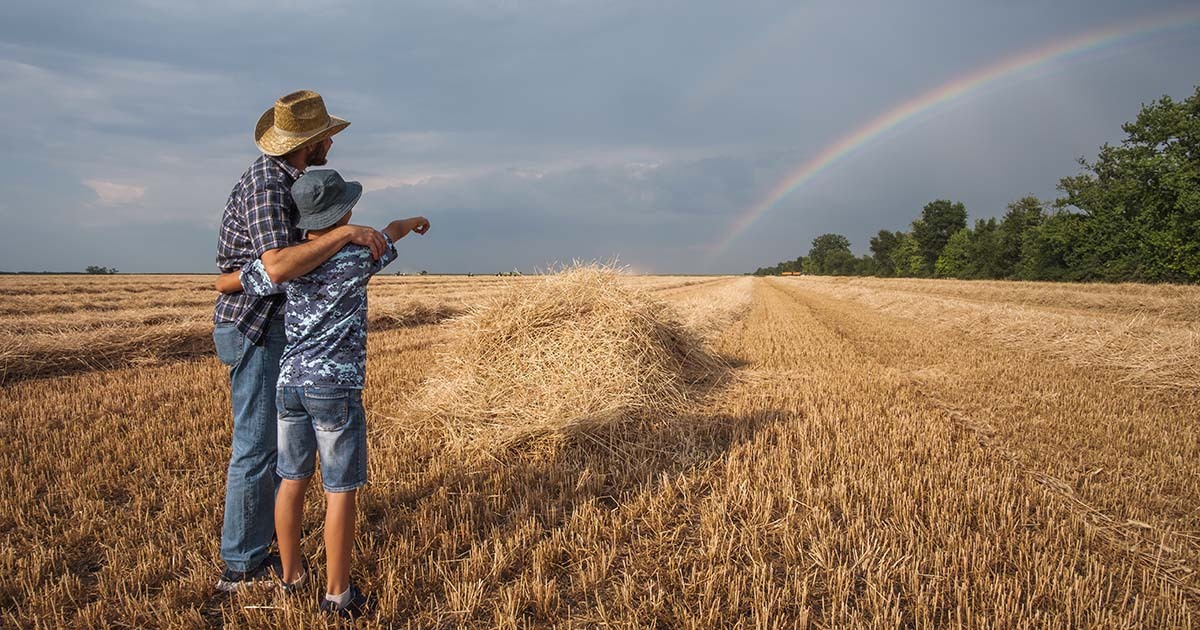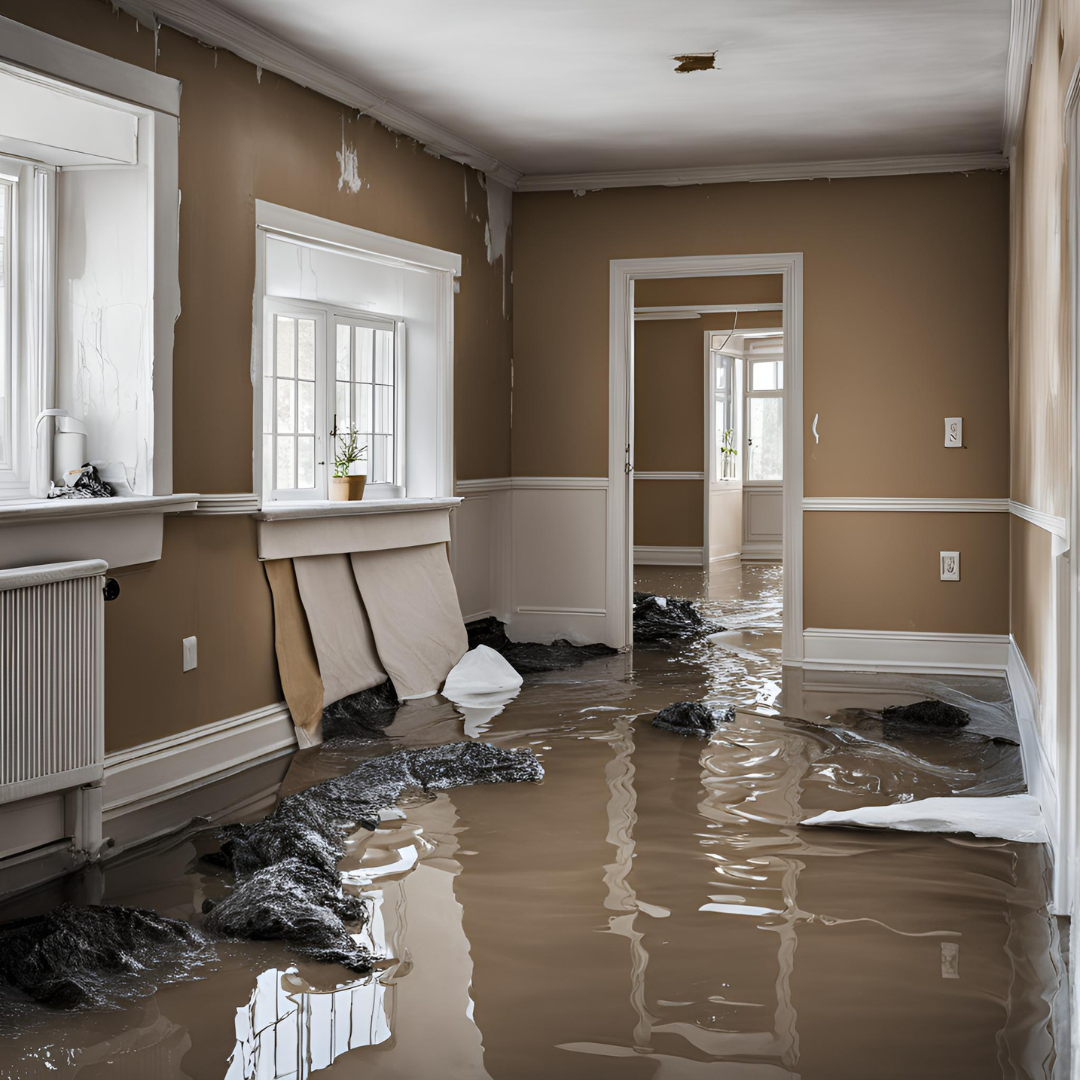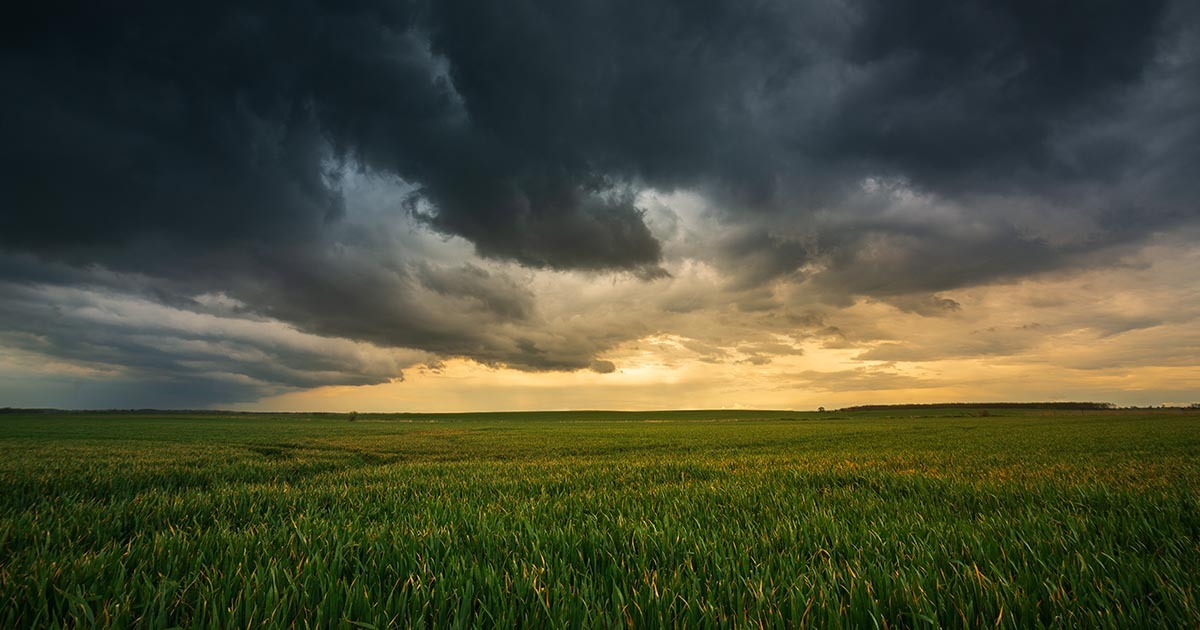
Farm Insurance ● Aug 12, 2025
Safe & Sound Insurance Blog
Home Insurance, Seasonal Home Insurance ● Jan 23, 2025

Winter in the Canadian Prairies is no joke. With temperatures often plunging well below freezing, homeowners must take proactive steps to prevent water damage caused by burst pipes. Here are practical tips to safeguard your home against this costly and disruptive issue.
Exposed pipes, particularly those in unheated areas like basements, garages, and crawl spaces, are at the highest risk of freezing. Use foam pipe insulation, heat tape, or pipe sleeves to keep them warm. For added protection, consider insulating exterior walls where plumbing is located.
Cold air seeping into your home can lower the temperature around your pipes, increasing the likelihood of freezing. Inspect your home for drafts around windows, doors, and foundation cracks, and seal them with caulking or weather stripping.
Maintain a consistent indoor temperature, even if you’re away. Set your thermostat to at least 15°C (59°F) to ensure warmth reaches all areas of your home, including hidden pipes.
During extreme cold snaps, letting faucets trickle slightly can help prevent pipes from freezing. The moving water reduces pressure in the system, making it less likely for pipes to burst if they do freeze.
Always disconnect and drain garden hoses before the first freeze. Leaving hoses connected can cause water to back up into the pipes, leading to freezing and potential bursting.
Shut off and drain water supply lines to outdoor faucets and irrigation systems. Use insulated faucet covers to provide an extra layer of protection against freezing temperatures.
If your kitchen or bathroom sinks are on exterior walls, opening cabinet doors allows warm air to circulate around the pipes. This simple step can make a big difference during cold weather.
In the event of a burst pipe, knowing where your main water shut-off valve is located can save you from extensive water damage. Familiarize yourself with its location and ensure it’s easily accessible.
A licensed plumber can identify vulnerable areas in your home’s plumbing system and recommend additional preventive measures. Regular inspections are especially important if your home is older or has a history of plumbing issues.
Smart leak detectors and temperature sensors can alert you to potential problems before they escalate. These devices can monitor water flow and detect freezing conditions, giving you peace of mind even when you’re not home.
Preventing water damage during the harsh winters of the Canadian Prairies requires planning and vigilance. By taking these steps, you can avoid the stress and expense of dealing with burst pipes and protect your home from costly repairs. Stay warm, stay proactive, and enjoy a worry-free winter season!
Recent Posts

Farm Insurance ● Aug 12, 2025
